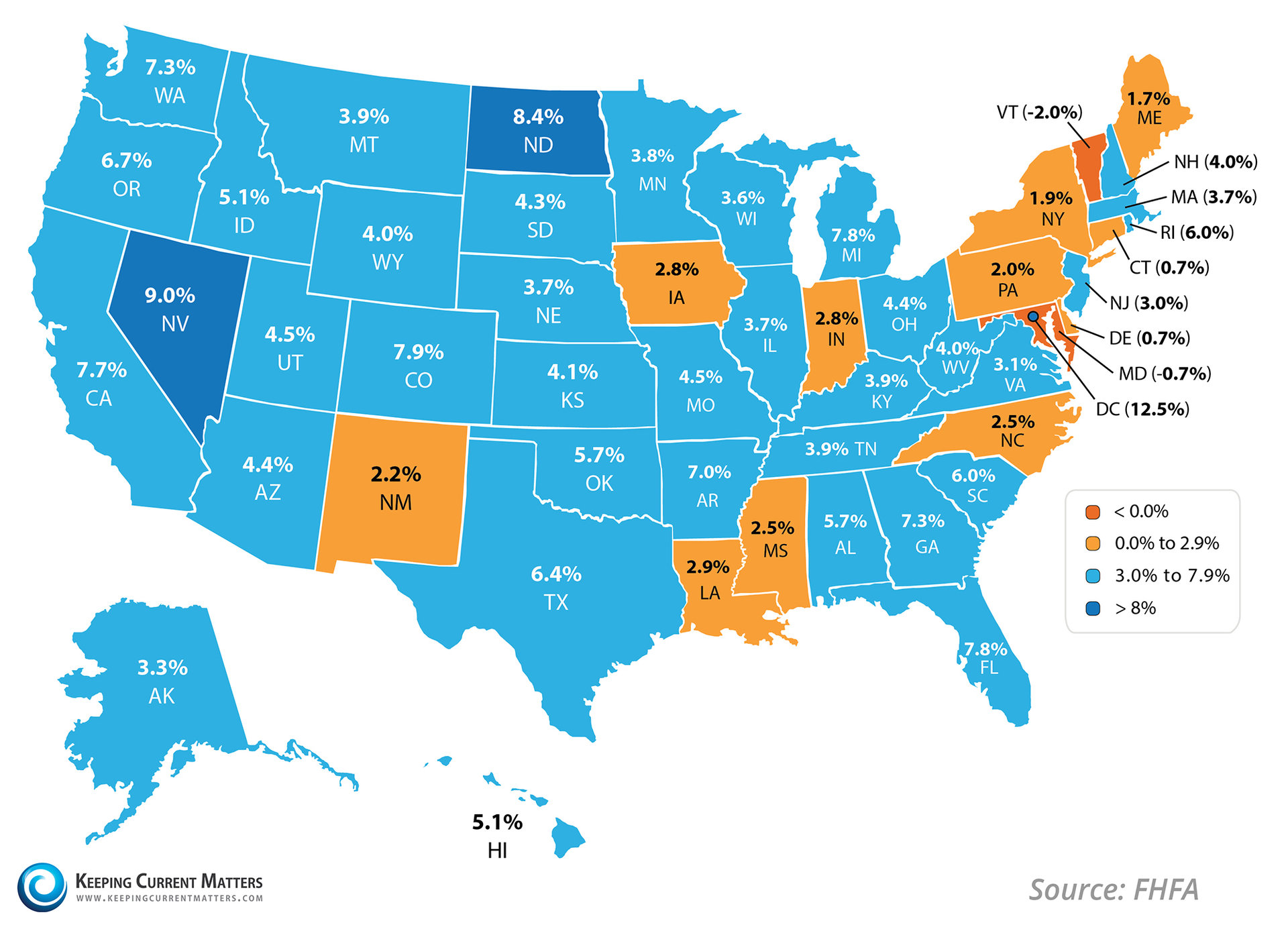Tuesday, April 28, 2015
Love Giving Awesome Service to Our Clients
Who Do You Know Looking to Buy, Sell, or Invest in San Diego, CA? Contact:
David Demangos
858.232.8410
Locally Known, Globally Connected
Luxury Home Marketing Specialist
Global Property Specialist
David@AwesomeSanDiegoRealEstate.com
www.AwesomeSanDiegoRealEstate.com
Our Team Goes to Extremes to Fulfill Your Real
Estate Dreams!
Sunday, April 26, 2015
6 Factors That Impact the Value of a Home

County or state parks and golf courses
A public park might boost the property value of nearby homes by 8 to 20 percent. A recent study looked at more than 16,000 home sales within 1,500 feet of just under 200 public parks in Portland, Oregon, and found home values increased on the average:
Natural areas: $10,648
Golf courses: $8,849
Specialty parks: $5,657
Urban parks: $1,214
Living near a Wal-Mart
A study by the University of Chicago noted that living within a mile of a Wal-Mart that stays open 24 hours a day could raise your home’s value by 1 or 2 percent, and living within half a mile could boost your property value by an additional 1 percent. But, I don’t know why this wouldn’t naturally also apply to Target or other similar stores.
Walkability
According to a 2009 study from CEOs for Cities, being close enough to walk or just a minutes away from schools, parks, stores and restaurants will raise your property value anywhere from $4,000-$34,000. That sounds great, but those walkable neighborhoods are usually in town. They are therefore due to location inherently more expensive and once again the cost of admission to get into them is going to be higher.
One of the “most walkable” sections of our market, for example, the average sales price over the past 15 months was $231,000. The average sales price for homes just outside this section of the MLS, a 10- to 15-minute commute by car, dropped to $161,200.
Additional dwelling spaces
Whether it’s an in-law apartment or carriage house, having a separate living space can increase a home’s value by 25 to 34 percent, according to a study of 14 properties with accessory dwelling units in Portland, Oregon. In our local market once again I saw a more moderate 4 percent to a mind-blowing 44 percent increase based on homes sold in the most desirable locations with an in-law suite. The article noted, and I think it is valid too, that an income stream can be generated, too, for buyers of these properties. I know in a local college town that for “decades” law students would lease space like this in town to be near campus.
Saturday, April 25, 2015
How to Receive the Most Money for Your Home
Naturally, sellers want to receive the most money possible for their homes when they sell. There is one item that, if not perfect, will cause your home to sell for less than it should — that single item is the price.
Pricing your home properly to begin with is without question the single most important factor to selling your home for top dollar. When done properly, this positions your home in the marketplace to sell for the absolute highest possible price. When the home is priced too low, it may sell quickly and yet could sell for less money than it should. When the home is priced too high, it will sit on the market for a long period of time and ultimately sell for less.
The biggest mistake I see by owners selling, as well as by real estate agents, is overpricing a home to start with and having to reduce the price multiple times. When a home is listed for sale, it reaches the highest number of potential buyers the first few days it is on the market. If a home is dismissed as being overpriced early on, you will lose potential buyers, ouch!
Buyers sift through listings online; they look at the main home photo first, then they look at the price. If the potential buyer does not like either of those items, they will move on to the next listing. Ask yourself: How many times have I done that? We do it all the time.
The challenge is pricing the home properly. You can use the Zillow Zestimate; you can see how much a neighbor’s home is listed for and price a home the same, or you can just price the home at the amount of money you “want” to get (or need to get) for it. Unfortunately none of those methods work, and they certainly will not help you sell a home for top dollar. Let’s take a quick look at why these methods don’t work.
The Zillow Zestimate is a very popular, well-marketed tool. Zillow is in the business of generating leads for real estate agents, and it is very good at it. The Zillow Zestimate is an interesting tool, but it is not usually accurate. The entire system is computerized and based off of public records that are sometimes incorrect. There have been numerous occasions when I have come across public records in which the number of bedrooms, bathrooms or the square footage of a home has been incorrect. All of these errors lead to inaccurate Zestimate results.
The biggest issue with the Zestimate is its inability to take into account items such as home features, upgrades and the condition of a property. Those items require an actual human to take an in-depth look at your property and determine how it truly compares to another property. Once that determination is made, proper adjustments to the value are made.
Pricing your home properly to begin with is without question the single most important factor to selling your home for top dollar. When done properly, this positions your home in the marketplace to sell for the absolute highest possible price. When the home is priced too low, it may sell quickly and yet could sell for less money than it should. When the home is priced too high, it will sit on the market for a long period of time and ultimately sell for less.
The biggest mistake I see by owners selling, as well as by real estate agents, is overpricing a home to start with and having to reduce the price multiple times. When a home is listed for sale, it reaches the highest number of potential buyers the first few days it is on the market. If a home is dismissed as being overpriced early on, you will lose potential buyers, ouch!
Buyers sift through listings online; they look at the main home photo first, then they look at the price. If the potential buyer does not like either of those items, they will move on to the next listing. Ask yourself: How many times have I done that? We do it all the time.
The challenge is pricing the home properly. You can use the Zillow Zestimate; you can see how much a neighbor’s home is listed for and price a home the same, or you can just price the home at the amount of money you “want” to get (or need to get) for it. Unfortunately none of those methods work, and they certainly will not help you sell a home for top dollar. Let’s take a quick look at why these methods don’t work.
The Zillow Zestimate is a very popular, well-marketed tool. Zillow is in the business of generating leads for real estate agents, and it is very good at it. The Zillow Zestimate is an interesting tool, but it is not usually accurate. The entire system is computerized and based off of public records that are sometimes incorrect. There have been numerous occasions when I have come across public records in which the number of bedrooms, bathrooms or the square footage of a home has been incorrect. All of these errors lead to inaccurate Zestimate results.
The biggest issue with the Zestimate is its inability to take into account items such as home features, upgrades and the condition of a property. Those items require an actual human to take an in-depth look at your property and determine how it truly compares to another property. Once that determination is made, proper adjustments to the value are made.
Saturday, April 4, 2015
Location, Location, Location
A recent Demand Institute report revealed “nearly half of all American
households plan to move at some point in the future.”
Seventy-five percent of those surveyed in the report cited one or more
‘location-related reasons’ for their eagerness to move. Here are the top 5
reasons:
1.
Safer Neighborhood – 30%
2.
Closer to Family – 27%
3.
Change of Climate – 26%
4.
Closer to Work – 25%
5.
For a New Job – 23%
While the majority of Americans (74%) will
move within their home state, for the 26% planning to call a new state home,
it is important to know that prices in each state are appreciating at
different rates and waiting to buy or sell your home could cost you more in
the long run. The map below was created using the FHFA’s latest Home Price
Index and shows year-over-year price gains in each state.

Bottom Line
If your plan for 2015 includes relocating to
a new state, meet with a local real estate professional in that area who can
help you find the best fit for you and your family’s needs.
Looking to Buy, Sell, or Invest? Contact:
David Demangos
858.232.8410
Locally Known, Globally Connected
Luxury Home Marketing Specialist
Global Property Specialist
David@AwesomeSanDiegoRealEstate.com
Our Team Goes to Extremes to Fulfill Your Real Estate Dreams!
|
Wednesday, April 1, 2015
Reasons to Live in Carmel Valley, CA 92130
Looking to Buy, Sell, or Invest in Carmel Valley, CA? Contact:
David Demangos
858.232.8410
Locally Known, Globally Connected
Luxury Home Marketing Specialist
Global Property Specialist
David@AwesomeSanDiegoRealEstate.com
www.AwesomeSanDiegoRealEstate.com
Our Team Goes to Extremes to Fulfill Your Real Estate Dreams!
Subscribe to:
Posts (Atom)




